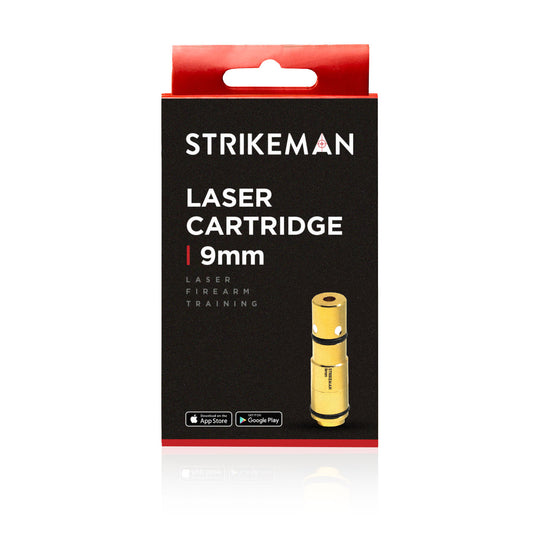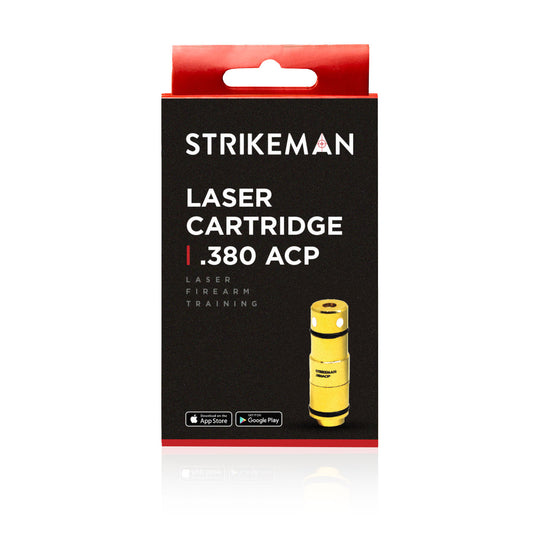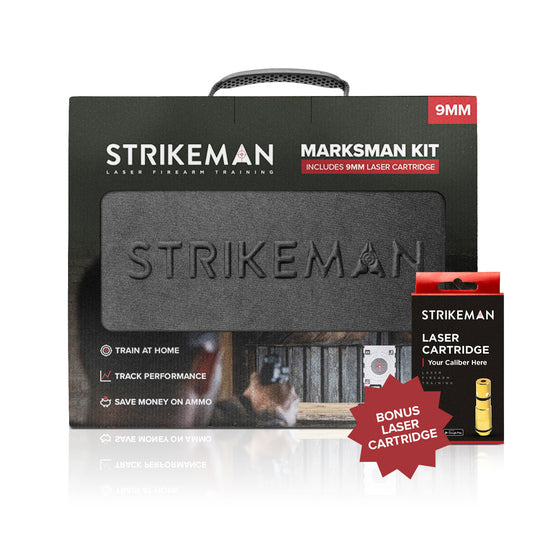When it comes to concealed carry, one of the most debated topics is the choice between appendix carry and strong side carry. Both methods have their staunch supporters, and each offers distinct advantages and disadvantages depending on your body type, lifestyle, and personal preferences. Understanding the difference between these two popular carry methods is crucial for anyone serious about concealed carry. This guide will break down the key differences, helping you decide which carry method might be the best fit for your needs.
What is Appendix Carry?
Appendix carry refers to carrying your handgun in front of your body, typically around the 12 o'clock to 1 o'clock position for right-handed shooters, and 11 o'clock to 12 o'clock for left-handed shooters. This position offers quick access and is particularly effective for drawing while seated or driving. However, appendix carry can be less comfortable, especially when sitting for extended periods, and requires careful holster selection to avoid discomfort or injury. It's a favored method among those who prioritize speed and ease of access in close-quarter scenarios.
What is Strong Side Carry?
Strong side carry involves positioning your handgun on the side of your body, usually around the 3 o'clock to 5 o'clock position for right-handed shooters and 7 o'clock to 9 o'clock for left-handed shooters. This is the traditional carry method and is often considered more comfortable for extended wear, particularly when standing or walking. Strong side carry allows for a natural draw motion, but it can be slightly slower to access when seated. It’s a popular choice for those who prefer a balance between comfort and accessibility.
Comfort Considerations
Comfort is a significant factor in choosing between appendix and strong side carry. Appendix carry can be uncomfortable, especially when sitting down, as the gun may press against your abdomen or groin. On the other hand, strong side carry generally offers more comfort for all-day wear, as the gun rests on your hip or behind it, minimizing pressure on sensitive areas. However, strong side carry can become uncomfortable when driving or seated for long periods, as the gun may dig into your side or back. Finding the right holster and position is key to maximizing comfort with either method.
Speed of Draw
Speed of draw is a critical aspect of concealed carry, particularly in self-defense situations. Appendix carry is often praised for its speed, as the gun is located in a central, easily accessible position. The draw motion is quick and direct, making it ideal for close-quarters engagements. Strong side carry, while slightly slower, offers a more natural draw stroke, particularly when standing or walking. The trade-off between speed and comfort often influences a shooter's choice between these two methods, with appendix carry being favored by those who prioritize quick access.
Concealability
Concealability is another crucial factor when choosing a carry method. Appendix carry typically offers better concealment, as the gun is tucked in front of your body, minimizing printing under clothing. It’s easier to conceal a larger firearm in this position, especially with the right clothing choices. Strong side carry can be more challenging to conceal, particularly with larger firearms, as the gun’s butt tends to print more visibly under tight clothing. However, with the right holster and attire, strong side carry can still be effectively concealed.
Safety Concerns
Safety is paramount when carrying a firearm, and both methods come with specific safety considerations. Appendix carry, due to its position, raises concerns about the potential for accidental discharge, particularly during reholstering, as the muzzle is pointed toward sensitive areas. Careful attention to trigger discipline and proper holster selection are essential for safe appendix carry. Strong side carry, while generally considered safer during reholstering, still requires careful attention to avoid flagging your body during the draw and reholstering process. Both methods require rigorous adherence to safety protocols to minimize risks.
Situational Awareness
Situational awareness can influence your choice between appendix and strong side carry. Appendix carry keeps the firearm in front of you, making it easier to maintain control and awareness of your weapon in crowded or confined spaces. It also allows for quicker access when seated or in a vehicle. Strong side carry, while still accessible, may require more maneuvering to draw the firearm in certain situations, particularly when seated or in tight quarters. Your daily routine and typical environments should be considered when choosing your carry method.
Holster Selection
The right holster is critical for both appendix and strong side carry. Appendix carry holsters should offer a low profile and comfortable padding to prevent discomfort, particularly when sitting. They should also feature a strong retention system to keep the gun securely in place. Strong side holsters come in various designs, from inside-the-waistband (IWB) to outside-the-waistband (OWB), and should provide easy access and concealment. Adjustable cant and ride height can further enhance comfort and accessibility for both carry methods.
Training and Practice
Training is essential regardless of your carry method. Appendix carry requires a different draw technique and reholstering method, both of which should be practiced regularly to ensure safety and efficiency. Strong side carry may feel more natural, but it still requires regular practice, particularly in seated positions or under stress. Dry fire practice, especially with laser systems like Strikeman, can help you build muscle memory and improve your draw speed and accuracy for either carry method. Consistent training will ensure you’re prepared to effectively use your firearm in a defensive situation.
Legal Considerations
Finally, consider the legal implications of your chosen carry method. Some states have specific regulations regarding how and where you can carry a concealed firearm. Understanding the laws in your jurisdiction is crucial to ensure you’re carrying legally. Additionally, certain carry methods may draw more attention during interactions with law enforcement or in public settings, so it’s important to be aware of how your chosen method might be perceived. Always stay informed and comply with local laws to avoid legal complications.
Conclusion
Choosing between appendix and strong side carry ultimately comes down to personal preference, comfort, and your specific needs. Both methods offer unique advantages and challenges, and the best choice is the one that aligns with your lifestyle and priorities. By understanding the differences and practicing regularly with your chosen method, you’ll be better prepared to carry your firearm safely and effectively. Whether you opt for the speed and accessibility of appendix carry or the comfort and tradition of strong side carry, make sure your decision is informed by careful consideration and consistent training.










